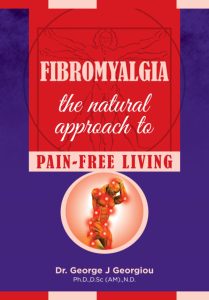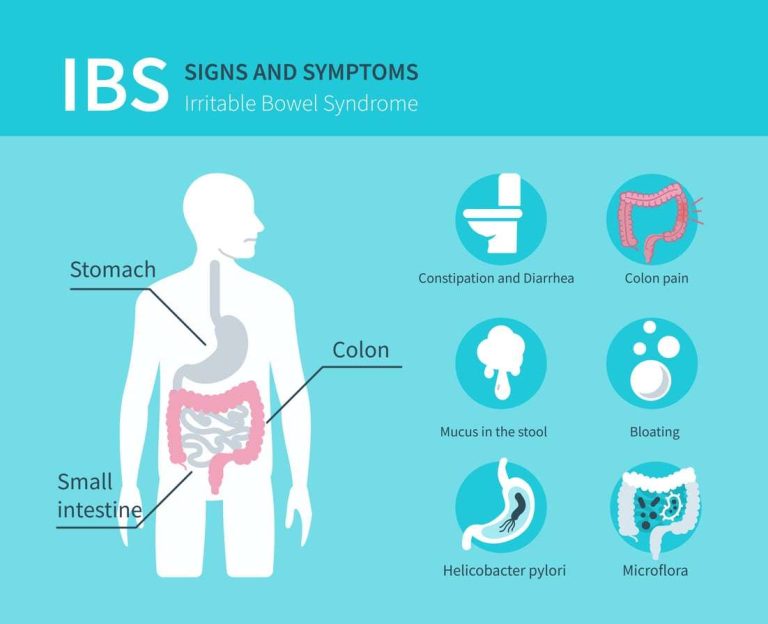 Oxygen Therapies
Oxygen Therapies
Oxygen therapy is the administration of oxygen as a therapeutic modality. Oxygen therapy benefits the patient by increasing the supply of oxygen to the lungs and thereby increasing the availability of oxygen to the body tissues.
Appropriate levels of oxygen are vital to support cell respiration. High blood and tissue levels of oxygen can be helpful or damaging, depending on circumstances.
Pathogens Hate Oxygen
 Unlike healthy human cells that love oxygen, the disease causing viruses, bacteria, fungi, and parasites – including HIV & cancer virons, arthritis microbes, and others – like most primitive lower life forms, are almost all anaerobic .
Unlike healthy human cells that love oxygen, the disease causing viruses, bacteria, fungi, and parasites – including HIV & cancer virons, arthritis microbes, and others – like most primitive lower life forms, are almost all anaerobic .
That means these microbes cannot live in oxygen. Therefore, what would happen to these anaerobic viruses and bacteria if they were to be completely surrounded with a very energetic form of pure oxygen for a long time? What if enough of this special form of oxygen/ozone was to be slowly and harmlessly introduced into the body daily, over the course of a few months, by bypassing the lungs, and yet eventually saturating all the bodily fluids and every cell with it? Wouldn’t the disease causing microbes that can’t live in oxygen cease to exist?
All 30 or so oxygen therapies, including ozone, work because they flood the body with Nature’s single oxygen atoms. Singlet oxygen and its by-products are very energetic oxidizers – they “burn up” waste products, pollution, and microbes. They can’t protect themselves because they are either inert, or lower life forms.
What is Ozone?
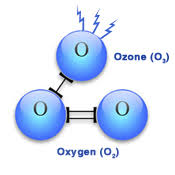 The discovery and naming of ozone is attributed to Christian Friedrich Schonbein in 1840. Its value in medicine was debated for many decades and references to its use were sporadic. Dr. Albert Wolf, a German physician wrote in 1915. “As regards the medical usability of ozone, the viewpoint of experimental science may be considered as being in direct opposition to the practical experiences gained by industry.” He used ozone successfully in the treatment of decubitus ulcers.
The discovery and naming of ozone is attributed to Christian Friedrich Schonbein in 1840. Its value in medicine was debated for many decades and references to its use were sporadic. Dr. Albert Wolf, a German physician wrote in 1915. “As regards the medical usability of ozone, the viewpoint of experimental science may be considered as being in direct opposition to the practical experiences gained by industry.” He used ozone successfully in the treatment of decubitus ulcers.
During the First World War (1915) ozone gas was used to purify the drinking water of major cities since 1901. The first was Vienna and the most recent was Los Angeles. It does not give water the disagreeable taste that chlorine does. Although many authorities refer to it as poisonous and a hazard to life, like anything else on this planet, if used properly it is beneficial – in fact life would become extinct without ozone in our atmosphere. The breathing of inappropriate concentrations is indeed harmful to the lungs, but in proper concentrations it purifies the air we breath.
Home and industrial ozonators are used throughout the world (including the United States, to purify the air), and yet, comments are being made publicly by authoritative figures that ozone is poisonous and a hazard to life. This is indeed true if, as in the case of any substance on this earth, it is used in unsafe amounts.
Ozone is created by the action of ultraviolet light or a strong electrical field on oxygen atoms. The result if the forcing together of 3 atoms into unstable groups (03) that rather quickly break down into the usual oxygen molecule (02). Ozone is lethal to almost all viruses, bacteria, fungus and cancer cells. The scientific literature is replete with articles proving these facts. Ozone is formed in our atmosphere naturally by the effect of lightning on oxygen. It is that wonderful sweet smell that you can detect after a summer storm. It is nature’s method of cleansing our atmosphere of contamination.
The poisonous ozone levels reported effecting our cities differs dramatically in that it represents the combining of the extensive overwhelming pollution with ozone insufficient to do the job. If you wonder why cancer rates have tripled in the last 20 years, consider this startling fact: The oxygen level of the air we breathed 200 years ago is much higher than it is today. (From the work of LaVosier – the discoverer of oxygen and current figures).
In 1931, Dr. Otto Warburg was awarded the Nobel Prize in biochemistry. Dr. Warburg demonstrated that the metabolism of a cancer cell was like that of a plant cell, which thrives on carbon dioxide and gives off oxygen as its waste product. It actually represents the process of fermentation. We are composed of animal cells and oxygen is essential for our assimilation of nutrients and the detoxification and elimination of waste products. When ozone is introduced into the bloodstream, it is converted into oxygen, hydroxyperoxides and other beneficial free radical scavengers which actually seek out and destroy diseased cells.
Nearly 50 years later, the prestigious journal SCIENCE, Vol. 209, 22 August 1980, published a paper entitled: OZONE SELECTIVELY INHIBITS GROWTH OF HUMAN CANCER CELLS. This paper dealt with the exposure of human lung, breast, and uterine cancer tissue to ozone at concentrations of 0.3 to 0.8 parts per million, well within the non-toxic limits tolerated safely during the average ten minute period that medically administered ozone takes and concentrations far less than that are used. In the experiments, normal human cells were not effected at these levels. The modern development of ozone application in medicine gained impetus in the 1950’s in Europe, and its use gradually spread throughout Europe to Australia, Israel, and Brazil.
Ways of Giving Ozone
There are many ways of giving ozone, such as:
- Extracorporeal recirculatory autohemo perfusion . Blood out of one arm, ozonated, sterilized and filtered outside the body, and pumped continuaously back into the other arm.
- IV slow injections of the O3 gas – no air, just pure medical grade oxygen turned into medical grade ozone – into prone patients. 27 mcg/ml3 concentration. Air bubbles? No nitrogen, no nitrogen (air) embolisms.
- Autohemotherapy – withdrawing 600 ml of blood and re-infusing it Into the body after putting ozone into it.
- Ozone bagging – every body part except the head in a bag full of O3 for up to two hours.
- Ozone rectal insufflation – average 1 1/2 liters of 27mcg/ml O3 gas into colon.
- Ozone vaginal insufflation – average 5 minutes of insufflating body cavity.
- Ozone ear insufflation – average 5 minutes of letting O3 fall into ear cavities.
- Ozone air purification – low levels of ozone sterilize and rejuvenate the room air. O3 in LOW doses cleans the lungs and blood.
- Ozone charged drinking water – Bubble O3 into water which must be imbibed immediately while the O3 is still in the glass.
There are over 3,000 medical references in the German literature showing ozone’s use in over 50 years of application to humans by way of millions of dosages. The International Ozone Association and the ozone machine manufacturers report over 7,000 M.D.’s in Europe using medical ozone safely and effectively, some for more than 40 years, yet for the past 15 years, the FDA has prevented formal human testing or any ozone generating device approvals.
What’s the Evidence?
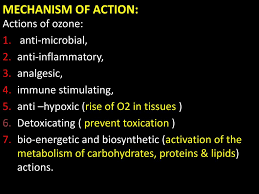 The PROCEEDINGS OF THE WORLD OZONE CONFERENCES have documented and published the techniques and dosages of ozone for its beneficial use in the following conditions. Cancer (Carcinoma), Spastic Colon, Arterial Thrombosis, Osteomyelitis, Acne, Proctitis Bladder Fistula, Wounds, Ulcers, Varicosities, Radiation burns, Phlebitises, Parkinson’s, Ulcerative Colitis, Mucous Colitis, Chronic Cystitis Colitis, Chronic Cystitis, Coli Infections, Chronic Hepatitis, Hemorrhoids, Anal Eczema, Arthritis Intrarectal insufflation is excellent for diarrhea and candidiasis (in women intravaginal insufflation is also effective), and it is applied in this manner when intravenous administration is impractical or unavailable.
The PROCEEDINGS OF THE WORLD OZONE CONFERENCES have documented and published the techniques and dosages of ozone for its beneficial use in the following conditions. Cancer (Carcinoma), Spastic Colon, Arterial Thrombosis, Osteomyelitis, Acne, Proctitis Bladder Fistula, Wounds, Ulcers, Varicosities, Radiation burns, Phlebitises, Parkinson’s, Ulcerative Colitis, Mucous Colitis, Chronic Cystitis Colitis, Chronic Cystitis, Coli Infections, Chronic Hepatitis, Hemorrhoids, Anal Eczema, Arthritis Intrarectal insufflation is excellent for diarrhea and candidiasis (in women intravaginal insufflation is also effective), and it is applied in this manner when intravenous administration is impractical or unavailable.
What are the Actions of Ozone?
How does ozone work in the body and what specific physiological effects does it have?
- Ozone activates the enzymes involved in peroxide or oxygen “free radical” destruction i.e. glutathione, catalase, SOD.
- Accelerates glycolysis (breakdown of glycogen) in RGSs, thus it:
- Increases the release of 02 from the hemoglobin in the blood to the tissues.
- Enhances formation of acetyl coenzyme-a, which is vital in metabolic detoxification.
- Influences the mitochondrial transport system which enhances the metabolism of all cells and safeguards against mutagenic changes.
- Increases red blood cell pliability, blood fluidity and arterial P02 (oxygen content) and a decrease in rouleaux formation (clumping) which interferes with the normal functioning of red blood cell metabolism.
- Increases leukocytosis (production of the white blood cells) and phagocytosis (the manner in which certain white blood cells destroy foreign matter). Both processes are part of the immune defense system.
- Stimulates the reticulo-endothelial system, the rebuilding of tissue.
- Strong germicide – inactivates enteroviruses, coliform bacteria, saphylococcus aureus and aeromona hydrophilia.
- Disrupts the cell envelope of many pathogenic organisms which are composed of phospholipids, peptidoglycans and polysaccharides.
- Opens the circular plasmid DNA which lessens bacterial proliferation.
- Fungicidal, inhibits candida cell growth.
- Low doses stimulate the immune system (under 3,000mcg).
- High doses inhibit the immune system.
At the Da Vinci Center we use a combination of oxygen therapies including Ozone Sauna, Live O2, Vital Oxygen and Ozonated water (we do not use I.V ozone).
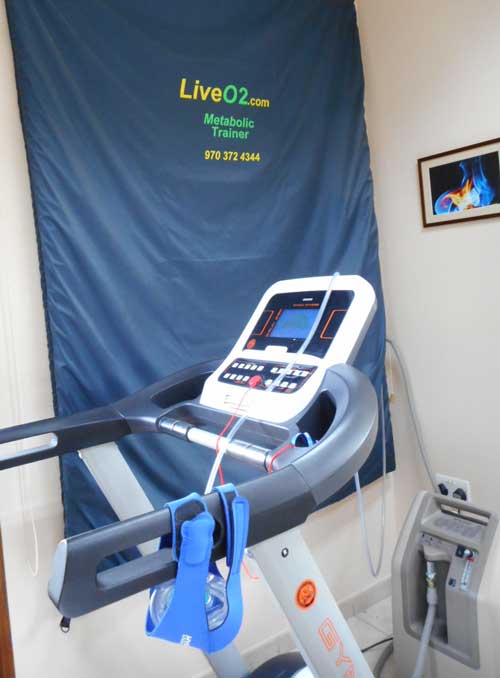
Dr. Georgiou is a Chartered Biologist and a member of the British Institute of Biology, He is a qualified Naturopath and a member of the British Naturopathic Association, UK. He also possesses a Doctor of Science degree in Alternative Medicine.
Articles to Download:
Ozone as a Bioregulator: Pharamacology and Toxicology of Ozone Therapy Today (PDF)
Ozone in Medicine by V. Bocci & others – Abstract – (PDF)
Ozone Therapy: An Editorial Review by The International Journal of Artificial Organs 2004 (PDF)
Ozone Therapy for Tumor Oxygenation: a Pilot Study (PDF)
Adjuvant Ozonetherapy in Advanced Head and Neck Tumors (PDF)
Ozone Therapy in Patients with Viral Hep C: a Clinical Study (PDF)
The Possible Role of Medical Ozone in Angiogensis (PDF)
The Use Of Ozone in Dentistry & Medicine: Ozone & Root Caries by Aylin Baysan & Edward Lynch (PDF)
Videos to Watch:
Benefits of Hydrogen Peroxide and Oxygen Therapies
Inhaling Hydrogen Peroxide for Good Health
Oxidative Therapies are Very Valuable
Oxygen and the Cure of Disease
Oxygen and the Cure of Disease: Part 2
Oxygen and the Cure of Disease: Part 3
Oxygen and the Cure of Disease: Part 4
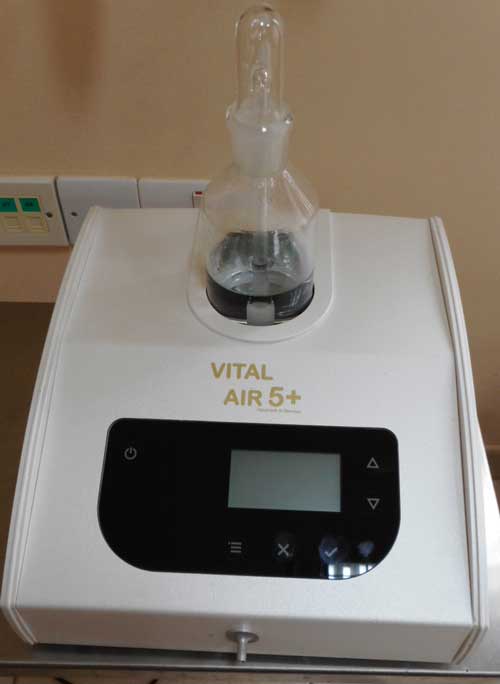
Contact us or book an appointment now.


 Oxygen Therapies
Oxygen Therapies




